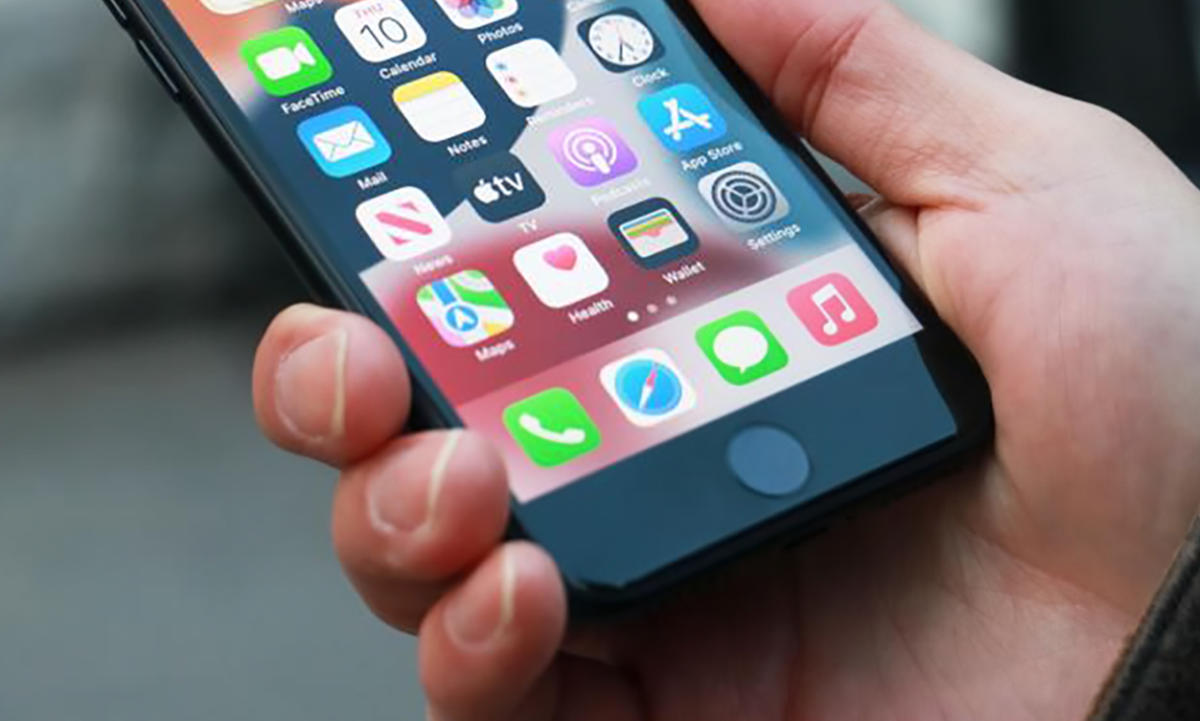The Demise of Apple’s Home Button
Apple’s iconic home button has ceased to exist as of Wednesday, at the age of 18, surrounded by its family and friends, including its partner, Touch ID. The home button, which debuted on the original iPhone and later expanded to the iPod touch and iPad, was unceremoniously discontinued with the release of the new iPhone 16e.
The iPhone 16e replaces the iPhone SE, adopting the full-screen design that Apple first introduced with the iPhone X in 2017. Since the third-gen iPhone SE was the last remaining Apple product to feature a home button, this means that there is no longer a single product in Apple’s lineup that utilizes any version of the iconic feature.
For those who may not have been paying close attention, the home button underwent several iterations over the years. It was first introduced in 2007 as part of the first iPhone, which mechanically pressed inward, bounced back up with a spring, and lacked biometric authentication. The first iteration also featured a symbol on it, a square with rounded corners, representing app icons.
The same type of home button was later launched on the iPod touch, which Apple discontinued in 2022, and the first iPad. The home button was paired with Touch ID, beginning with the iPhone 5s in 2013, which featured a surrounding metal ring and biometric sensors housed under the button. This version still utilized a mechanical spring mechanism.
The Touch ID home button made its way to Apple’s tablet with the iPad Air 2 the following year. However, the iPod touch never featured such advanced technology.
In 2016, Apple transitioned to a solid-state home button in the iPhone 7, which sensed finger presses and used haptic feedback to simulate a click inward. This design change made it easier for Apple’s engineers to seal the phone, resulting in the first model with a water and dust resistance rating (IP67). The solid-state home button never made its way to the iPad, with Apple’s last home button-laden tablet, the ninth-generation model, still pairing Touch ID with mechanical presses.
A Look Back at the Home Button’s History
The home button’s demise was a long time coming. The iPhone X, released in 2017, was the first blow, with Apple describing the full-screen flagship as a product that would "set the path for technology for the next decade." By 2022, Apple had removed the home button from the last iPad, moving Touch ID to its power/sleep button in the entry-level model, and discontinued the iPod touch. The third-generation iPhone SE, which launched that year, was the last remaining product to feature a home button, until its discontinuation today with the release of its Face ID-equipped successor.
It’s been a good run for the home button, and it will be missed. With its passing, Apple has closed a chapter on a design element that was once a staple of its products. The home button’s legacy will live on, however, as a reminder of the company’s commitment to innovation and design.
Source Link




